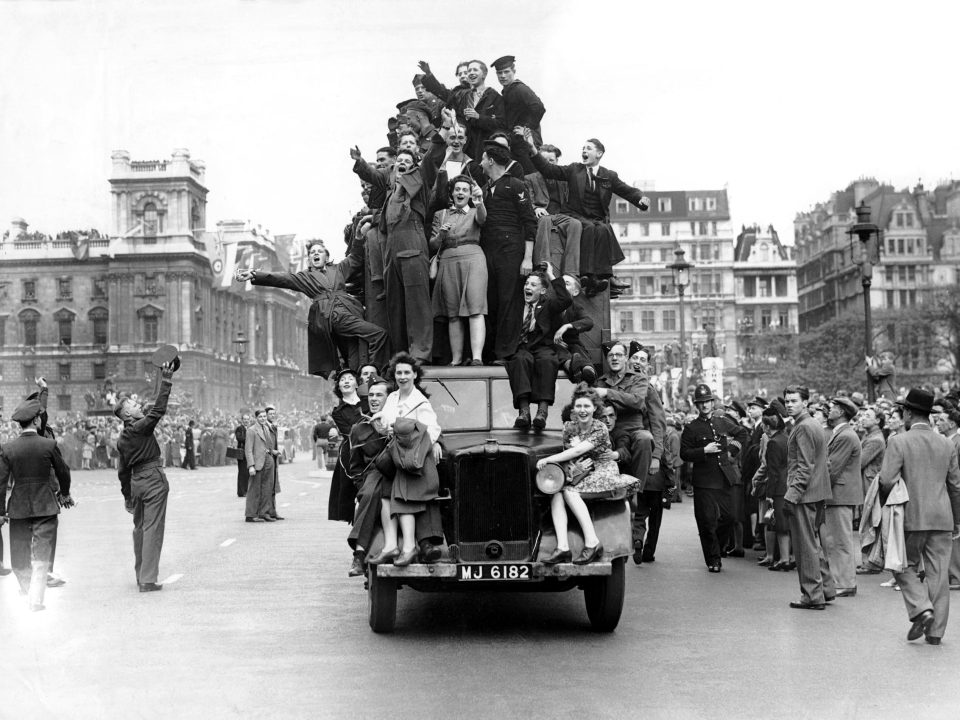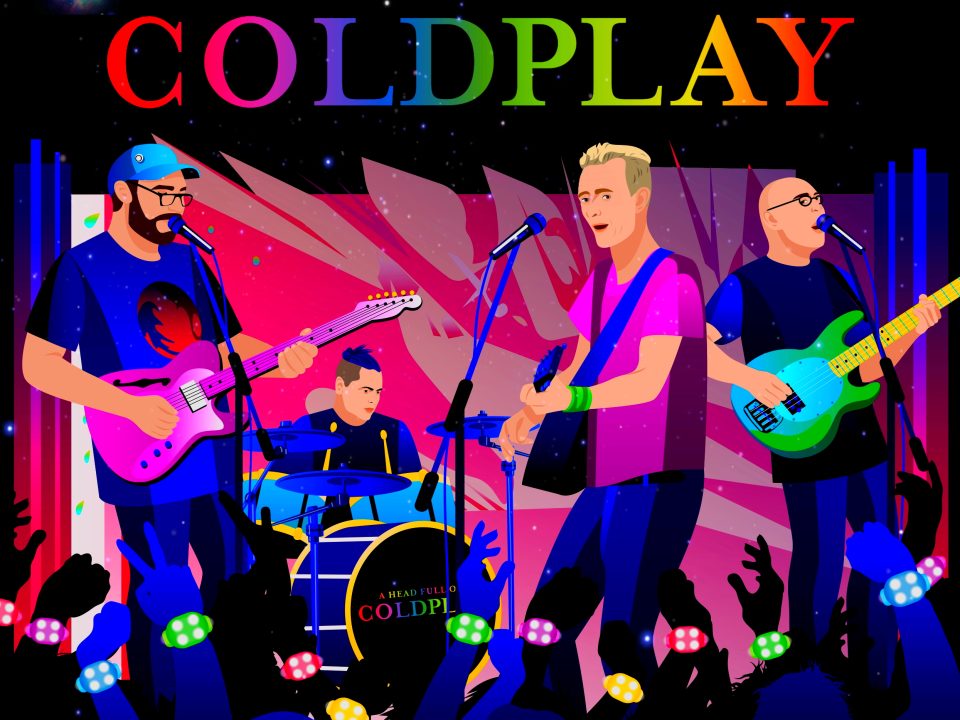
Songs & Stories of Thame, Laugh-out-Loud Fun and a Head Full of Coldplay!
January 3, 2024
Tring and Wigginton Walk
January 3, 2024Valentine’s Day, a timeless celebration of love and affection, continues to captivate hearts worldwide, but what is its historical significance?
From ancient Roman festivals to the romantic gestures of today, Valentine’s Day has evolved significantly. Celebrated annually on February 14th and universally recognised as a time for expressing love and affection, it’s a special day for existing – and prospective lovers – but from where does the idea originate?
The answer, it seems, dates back thousands of years – the earliest association of Valentine’s Day to romantic and love being traced back to the ancient festival of Lupercalia.
This celebration, held in Rome, was a rite of passage for young men and included a matchmaking lottery, where young men and women were paired off for the duration of the festival… and sometimes longer if the chemistry was right.
As Christianity spread throughout Europe, pagan holidays were often rebranded with Christian significance. In the case of the day in question, it was associated with the martyrdom of two men, both named Valentine, who were executed by the Roman Emperor Claudius II in the 3rd Century.
Their martyrdom was honoured by the Catholic Church with the celebration of St. Valentine’s Day, and so the die was cast. However, it wasn’t until the Middle Ages that the date and day were definitively linked with love.
As poetry and literature began to put thoughts and emotions down on paper for people to read and share, the concept certainly became influenced by the likes of Geoffrey Chaucer and his contemporaries. The ‘father of literature’, who lived in the 15th Century, regularly romanticised in poetry and prose the notion of “courtly love” – thus the idea of celebrating romantic resplendence on Valentine’s Day gained popularity throughout Britain and Europe.
By the 17th Century, it had become a widespread tradition in England and Scotland. People of all social classes expressed their love for each other with small gifts and handwritten notes.
The Victorian era ushered in new opportunities for celebrating the occasion, and cards began to replace handwritten notes. These were often elaborately decorated with lace and ribbons, reflecting the emerging trend for ornate designs.
Today, Valentine’s Day is celebrated in a multitude of ways around the globe, accompanied with all the technology and commerciality you would expect of modern society.
And while Western countries primarily view it as a time to celebrate romance, some Eastern cultures use Valentines to express affection toward friends and family members.
At its heart, it stands as a celebration of love, appreciation and human connection – an exemplar of the love and kindness we have felt, and will continue to feel, for one another.




